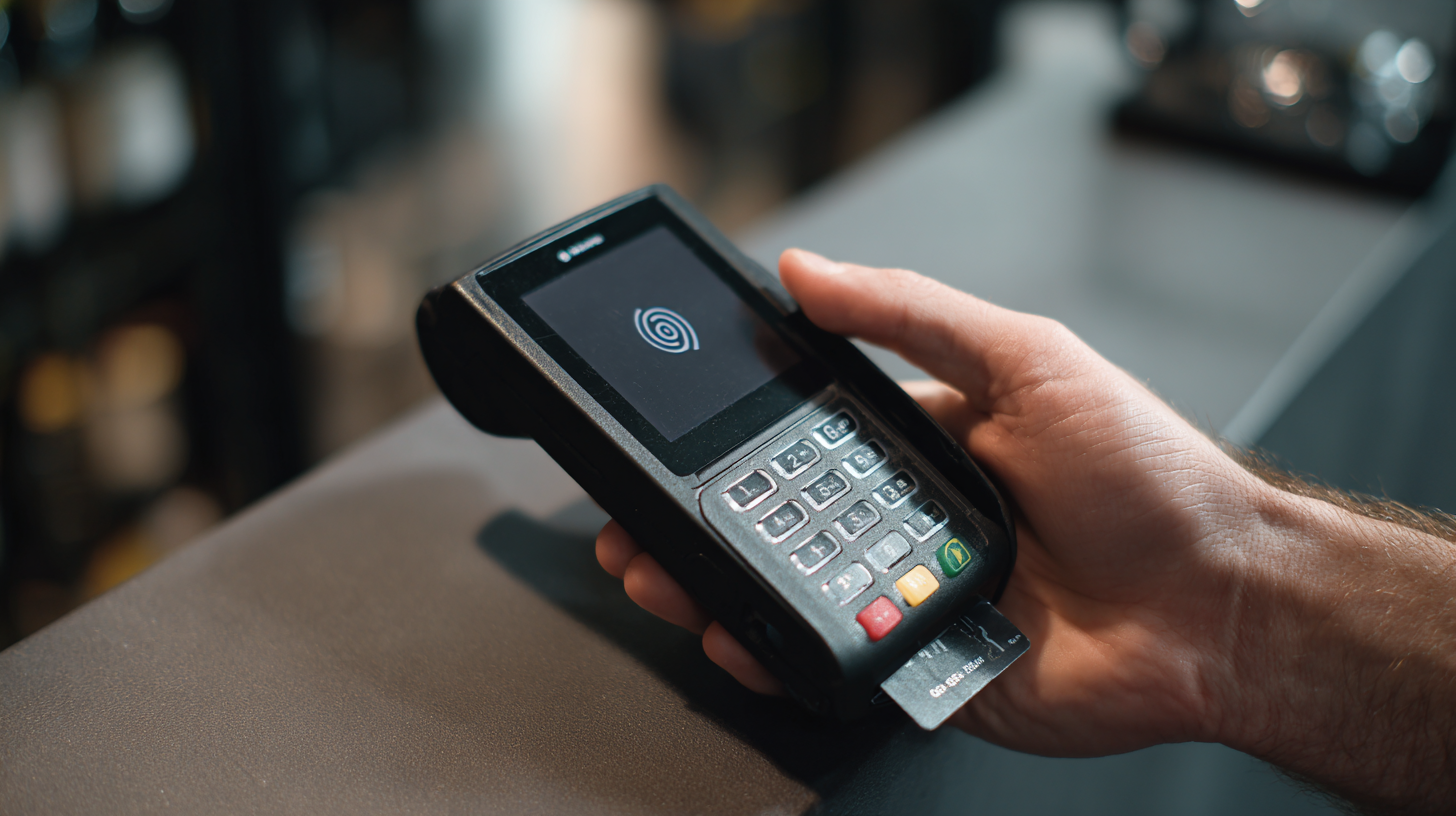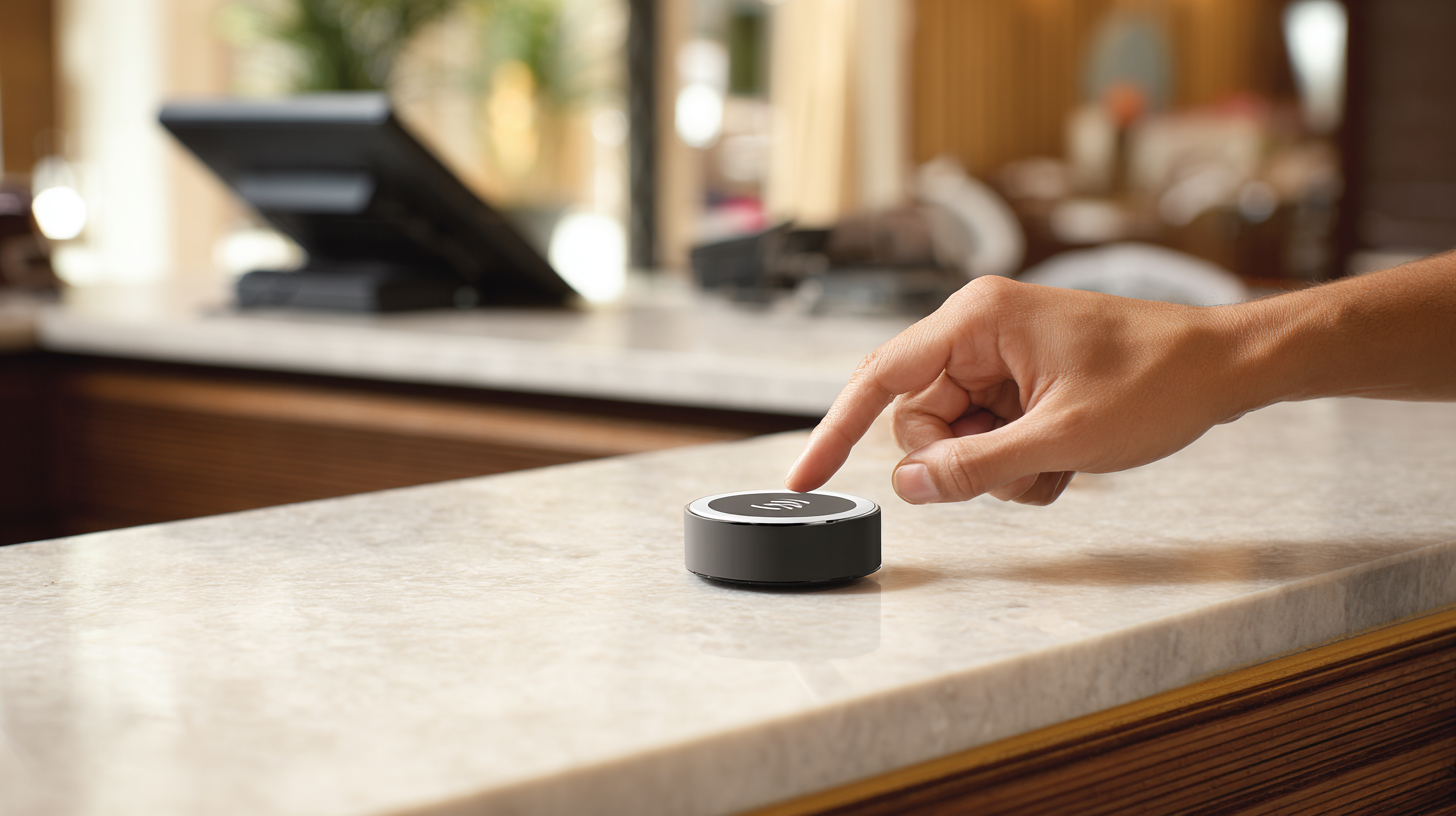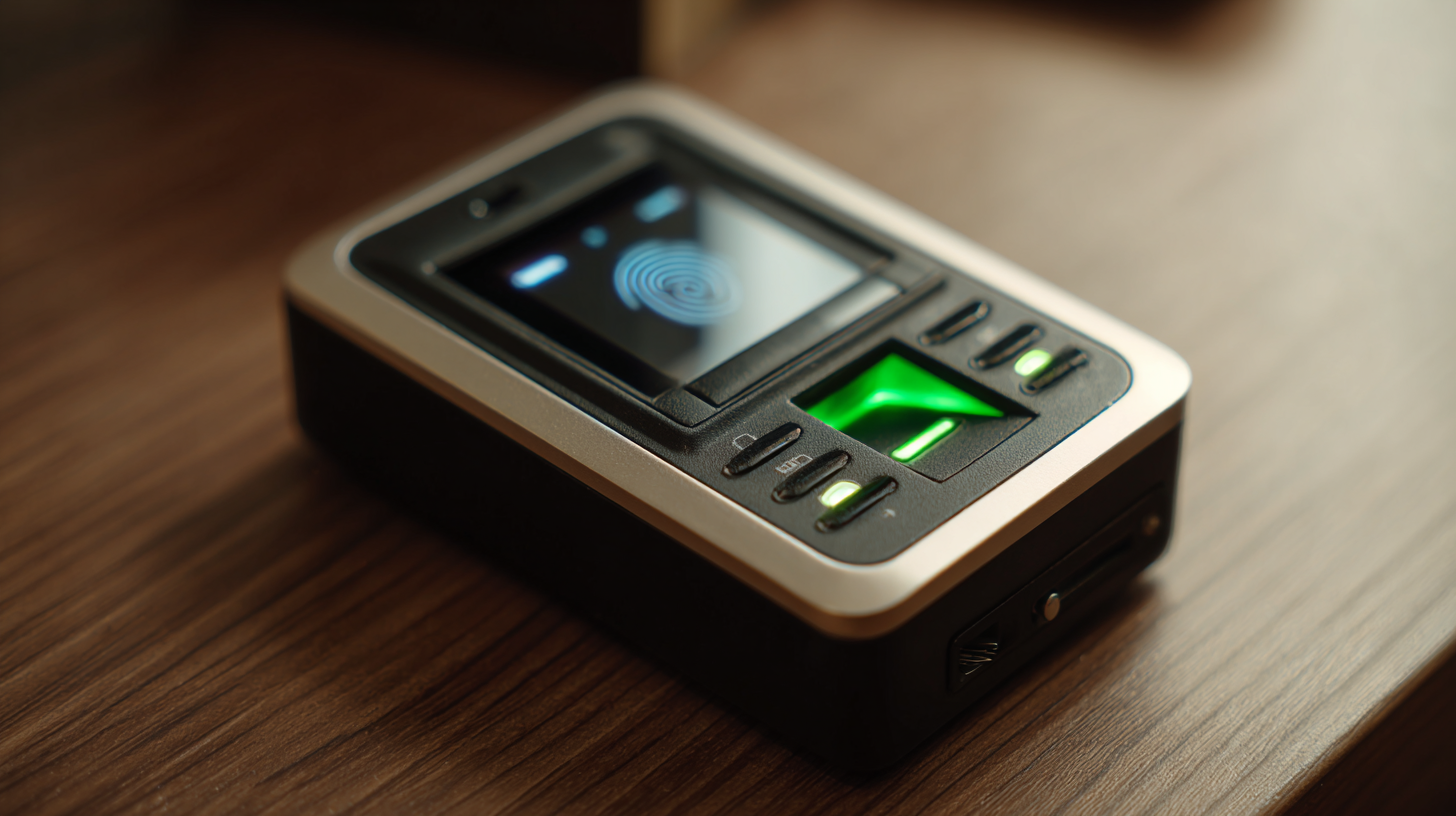Unlocking Security and Convenience with the Best Biometric Device Advantages
As the digital landscape evolves, the significance of security and convenience in various sectors is becoming increasingly paramount. The global market for biometric devices is projected to reach $59.82 billion by 2025, growing at a compound annual growth rate (CAGR) of 19.6%, according to a recent report by Market Research Future. This dramatic growth underscores the increasing reliance on biometric technology for secure authentication methods, driven by rising security concerns and advancements in design and functionality. Biometric devices, ranging from fingerprint scanners to facial recognition systems, offer a compelling blend of enhanced security and user convenience, making them integral components in sectors such as banking, healthcare, and law enforcement. As industries prioritize protection against unauthorized access, the adoption of biometric devices is expected to revolutionize the way organizations safeguard sensitive information while streamlining user experiences.

The Rising Trend of Biometric Devices in Modern Security Solutions
The adoption of biometric devices in modern security solutions is witnessing an unprecedented surge, driven by a growing need for enhanced safety and streamlined user experiences. According to a report from MarketsandMarkets, the biometric market is expected to reach $59.31 billion by 2025, growing at a compound annual growth rate (CAGR) of 19.3% from 2020. This dramatic increase stems from the rising threats to data security and the inefficiencies of traditional password systems, prompting organizations across various sectors to explore biometric options.
The efficacy and user-friendly nature of biometric authentication methods—such as fingerprint scanning, facial recognition, and iris scanning—make them highly appealing. Research conducted by Statista indicates that over 90% of consumers express a preference for biomarkers over traditional methods due to the convenience of seamless access while maintaining security. As personal and corporate data become increasingly valuable targets, investing in biometric technology not only fulfills security needs but also enhances user convenience, further solidifying its position as a cornerstone of modern security solutions.

Key Advantages of Biometric Authentication Over Traditional Methods
Biometric authentication has emerged as a groundbreaking alternative to traditional security methods, offering several key advantages that enhance both security and user convenience. Unlike passwords or PINs, which can be forgotten, stolen, or hacked, biometric data—such as fingerprints, facial recognition, and iris scans—are unique to each individual and nearly impossible to replicate. This intrinsic uniqueness significantly reduces the risk of unauthorized access, making biometric devices a formidable choice for safeguarding sensitive information.
In addition to bolstered security, the convenience of biometric authentication cannot be overstated. Users can gain access to devices and systems quickly and effortlessly, often with just a glance or touch. This seamless experience encourages more frequent usage and adherence to security protocols compared to cumbersome traditional methods. When paired with advanced technology, biometric systems not only streamline authentication but also enhance user satisfaction by removing the complexities associated with remembering multiple passwords or dealing with locks and keys. As businesses and individuals increasingly recognize these benefits, biometric devices stand poised to revolutionize the landscape of security.
Advantages of Biometric Authentication Over Traditional Methods
Diverse Examples of Biometric Technologies in Use Today
Biometric technologies have become increasingly prevalent in our daily lives, offering a combination of security and convenience that traditional methods struggle to match. One of the most commonly used biometric devices is the fingerprint scanner. Found in smartphones, laptops, and security systems, fingerprint recognition allows for quick access while ensuring that only authorized users can gain entry. This technology is not only efficient but also significantly enhances personal security by reducing the risk of unauthorized access.
Another notable example is facial recognition technology, which has seen a rise in applications ranging from smartphone unlocking to surveillance systems in public spaces. This technology analyzes various facial features to create a unique map for identification, making it a powerful tool for both security and convenience. Moreover, voice recognition systems are gaining traction in smart home devices, allowing users to control their environment with simple voice commands. These advancements in biometric technology demonstrate a shift towards more secure and user-friendly interactions, paving the way for a future where personal identification is seamless and highly effective.
Real-Life Applications of Biometric Devices Across Various Industries
Biometric devices are transforming industries by enhancing security and streamlining processes. In the financial sector, the global biometric payment market is valued at $8.53 billion in 2023 and is anticipated to grow to $99.1 billion by 2024 and further to $347.1 billion by 2032. This exponential growth indicates a significant shift towards biometric authentication, improving customer experiences through seamless transactions. For instance, banks are leveraging biometric technology to innovate their service offerings, enabling safer online transactions which are increasingly crucial in the Bank 3.0 era.
The automotive industry is also embracing biometric solutions, with projections indicating a robust expansion from 2025 to 2032. Methods such as fingerprint recognition, voice recognition, and facial recognition are being integrated into vehicles, enhancing security and user convenience. Additionally, the facial recognition lock market is expected to soar from $844.6 million in 2021 to $2.4142 billion by 2028, demonstrating a strong demand for innovative security solutions in residential and commercial properties.
**Tip:** As biometric technology becomes more prevalent, it is crucial to balance convenience with privacy. Users should be aware of how their biometric data is stored and used.
**Tip:** Businesses implementing biometric systems should prioritize user education on these technologies to address privacy concerns and ensure confident adoption.

Future Innovations in Biometric Security Technologies and Their Impact
As biometric security technologies continue to evolve, we can expect groundbreaking innovations that enhance both security and convenience. Future advancements may include biometric wearables capable of not just identifying a user but also monitoring health indicators. This dual functionality promises a more integrated approach to personal safety and health management. Imagine a smartwatch that can unlock your home while simultaneously tracking your heart rate or stress levels, providing a holistic view of your well-being.
When considering biometric devices, it’s essential to prioritize security measures such as data encryption and regular software updates. This proactive approach minimizes risks associated with data breaches and identity theft. Additionally, look for devices that offer multi-modal authentication, combining finger scans, facial recognition, or voice recognition for enhanced protection.
In the race towards innovation, the impact of biometric technologies on various industries can’t be overlooked. From healthcare to finance, organizations are adopting these solutions to streamline operations while ensuring robust security. Investing in these technologies not only improves operational efficiency but also builds consumer trust, as people increasingly seek seamless yet secure interactions in their digital and physical environments.